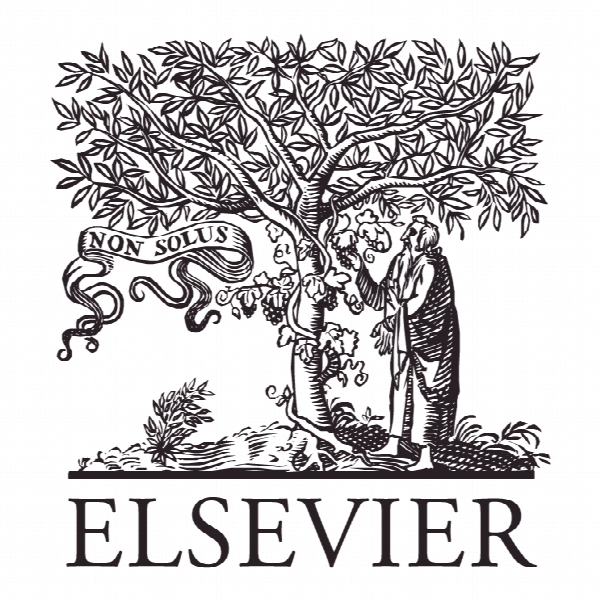حفاری در ریشه های رفتاری باغبانی شهری Digging for the roots of urban gardening behaviours
- نوع فایل : کتاب
- زبان : انگلیسی
- ناشر : Elsevier
- چاپ و سال / کشور: 2018
توضیحات
رشته های مرتبط مهندسی کشاورزی
گرایش های مرتبط علوم باغبانی
مجله جنگلداری و سبزسازی شهری – Urban Forestry & Urban Greening
دانشگاه Research Institute of Organic Agriculture FiBL – Switzerland
شناسه دیجیتال – doi https://doi.org/10.1016/j.ufug.2018.06.012
منتشر شده در نشریه الزویر
گرایش های مرتبط علوم باغبانی
مجله جنگلداری و سبزسازی شهری – Urban Forestry & Urban Greening
دانشگاه Research Institute of Organic Agriculture FiBL – Switzerland
شناسه دیجیتال – doi https://doi.org/10.1016/j.ufug.2018.06.012
منتشر شده در نشریه الزویر
Description
Introduction We live in a rapidly urbanizing world – 54% of the world’s population lived in urban areas in 2014, reaching 74% in developed countries, such as Switzerland (United Nations, 2014), which renders urban green spaces increasingly important for contact with nature and as outdoor recreation areas (Frick, Degenhardt, & Buchecker, 2007). Urban planners are understandably reluctant to allow urban spread into surrounding areas, which means that cities and towns increase in density as the urban population increases. Decision makers then face pressure to meet the growing population’s needs for housing and services so urban green spaces become attractive options to release for development (Home, Bauer, & Hunziker, 2012). However, people possess a deep-seated biological need for the connections with the rest of life that are gained by contact with nature (Wilson, 1984). The higher density urban living that results in the loss of green spaces to development has potentially significant implications for citizens because of the importance of urban green spaces as nodes of contact with nature (Barthel, Colding, Elmqvist, & Folke, 2005). Although urban green spaces have persisted, despite urbanization and densification of cities, their continued preservation requires commitment by cities in the form of planning instruments, and there is an increasing demand for evidence of tangible outcomes to justify such commitment (Allen & Cooper, 2003). This need to justify the existence and maintenance of areas that enable recreation and leisure experiences has led to the concept of benefits-based management (Friedt, Hill, Gomez, & Goldenberg, 2010). Numerous studies have identified the direct and indirect social and environmental impacts (Drescher, Holmer, & Iaquinta, 2006; Maurer, Peschel, & Schmitz, 2000) and benefits to human health and well-being (Keniger, Gaston, Irvine, & Fuller, 2013; Niemelä et al. 2010) these spaces provide. However, the majority of studies have focused on public green spaces, such as parks, and semi-public green spaces, such as privately owned but communally accessible areas (Home, Bauer, & Hunziker, 2012). Gardening as a leisure practice has been reasonably well studied (e.g. Cheng, Stebbins & Packer, 2016), although with a particular emphasis on community gardens (Kingsley, Townsend & Henderson-Wilson, 2009; Parry, Glover, & Shinew, 2005; Sanchez & Liamputtong, 2016).


